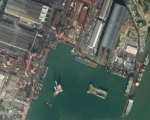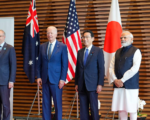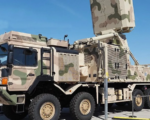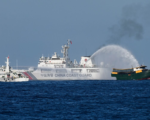Japan Sails Warship Through Taiwan Strait for First Time, Prompting Beijing’s Protest
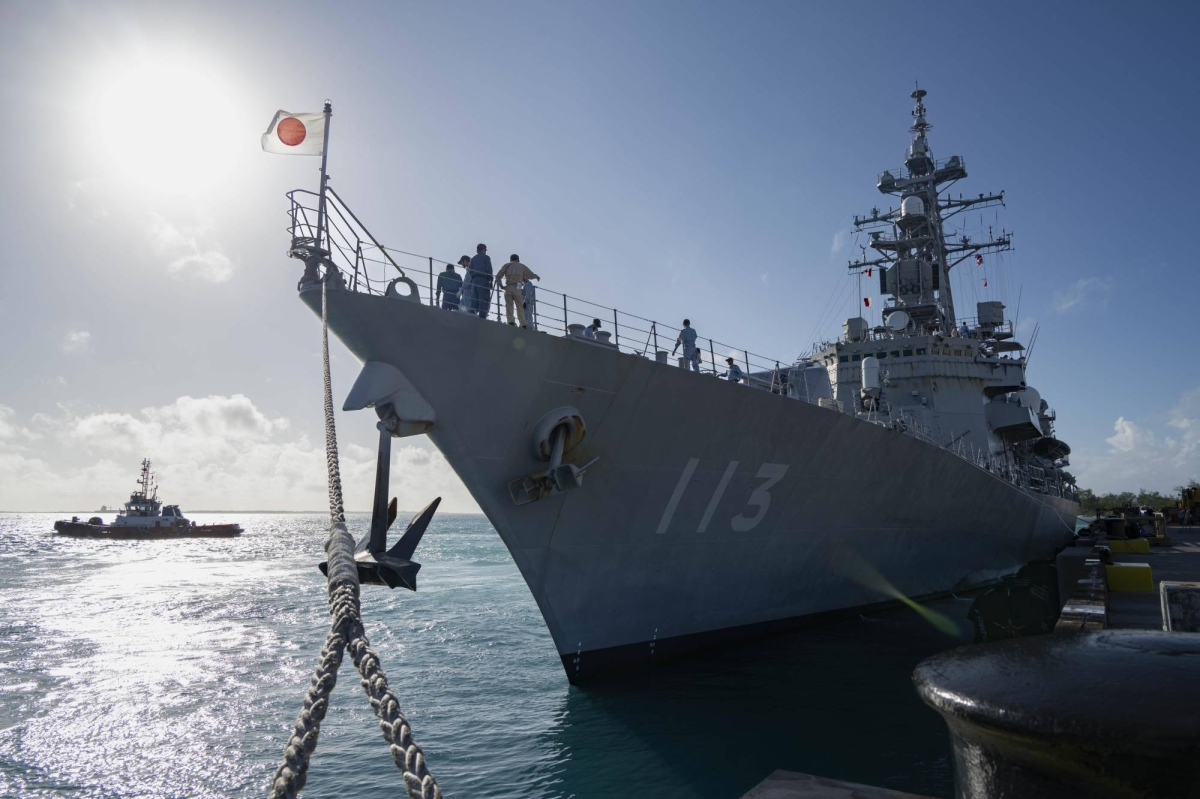
In a historic and highly symbolic move, a Japanese warship, the JS Sazanami, has sailed through the Taiwan Strait, marking the first time Japan has taken such an action. Accompanied by vessels from Australia and New Zealand, the naval destroyer was en route to military exercises in the South China Sea when it passed through the strait on Wednesday. This transit comes at a time when tensions between China, which claims the Taiwan Strait and self-governed Taiwan as its own, and other nations are rising.
Japan’s government has not officially commented on the ship’s journey, citing military discretion, but Chinese authorities were quick to react. Beijing confirmed its military had responded, with the foreign ministry spokesperson Lin Jian stating that China had “lodged stern representations with Japan” and remained highly vigilant of Japan’s political intentions. Chinese state media reported that the Chinese military monitored and tracked the ship throughout its passage.
The Taiwan Strait, a critical shipping route through which a large portion of the global container fleet passes, has seen increased naval patrols by the US and its allies. These patrols are part of efforts to maintain freedom of navigation and challenge China’s maritime claims. The US, Canada, Australia, and several European nations, including Britain, France, and Germany, have all sailed vessels through the strait recently to assert that it is part of international waters and open to all.
Japan’s move represents a significant departure from its previous reluctance to provoke China directly. The country has expressed growing concern over China’s increased military activity in the region, including airspace violations and the deployment of Chinese military assets around Taiwan and Japanese territories. In response, Japan has been aligning itself more closely with regional allies such as the US, Australia, and India, and its involvement in naval operations in contested waters is expected to increase.
China’s assertiveness in the South China Sea and the Taiwan Strait has led to heightened security concerns among nations in the Asia-Pacific region. Analysts note that Japan’s transit is part of a broader push by countries in and beyond Asia to counter China’s maritime ambitions. Japan, in particular, has been grappling with China’s “grey zone” tactics in the East China Sea, which include provocative actions designed to gradually weaken an adversary.
In light of recent developments, Japan’s naval presence in contested waters represents a strategic move to assert its interests in the region and to stand firm alongside its allies against China’s growing influence.






